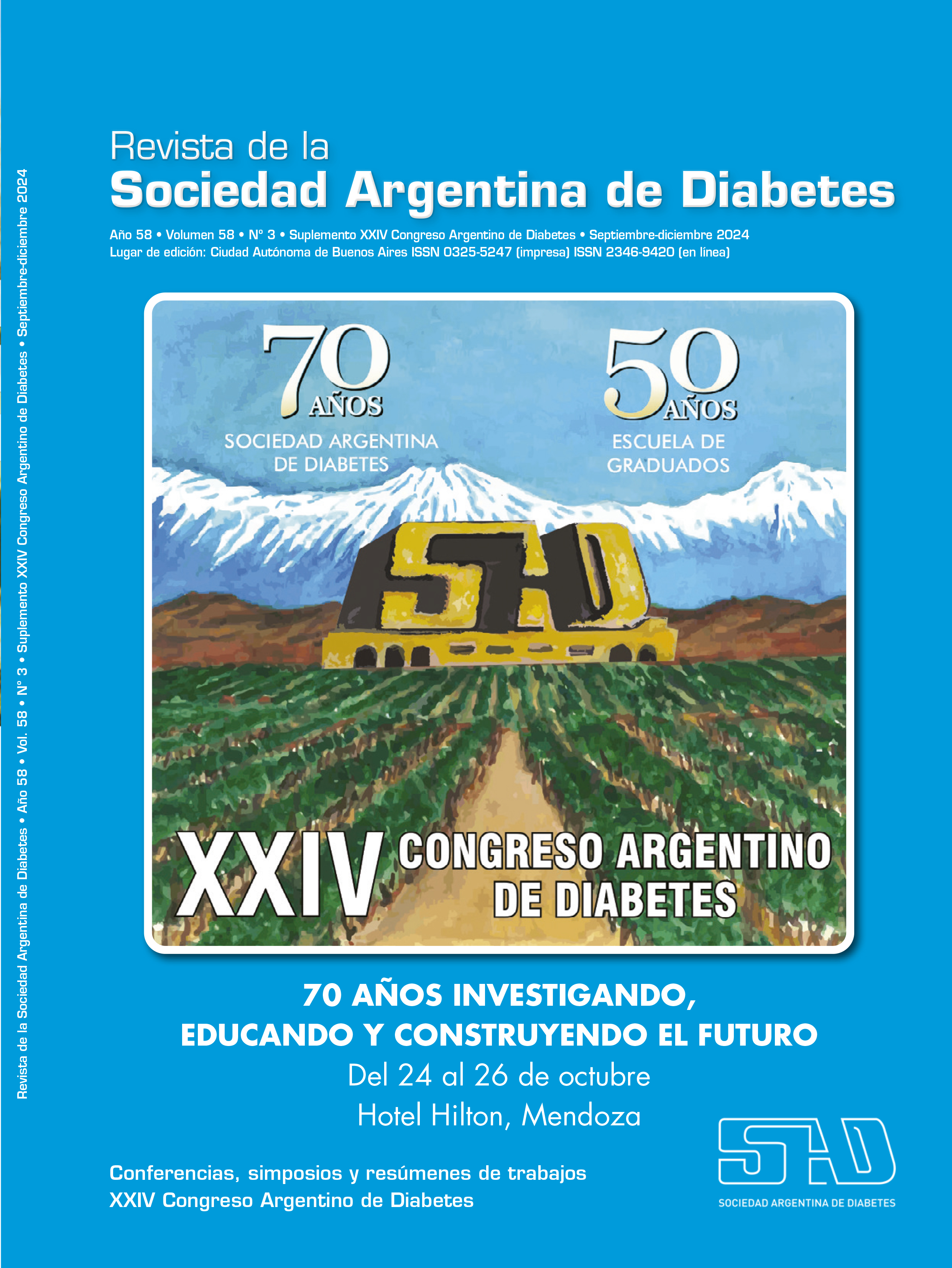Physical activity in type 1 diabetes mellitus in children
Keywords:
children, physical activity, diabetesAbstract
Physical activity is one of the fundamental cornerstones in the treatment of diabetes1. Children and adolescents who follow exercise guidelines have more favorable measures of adipose mass, promote mental, social, mental cardiometabolic health, fitness, better cognitive development and healthy eating patterns2. The WHO recommends that children from 5 to 17 years old should perform at least 60 minutes a day of physical activity (PA) of moderate to vigorous intensity, especially aerobic throughout the week. Meanwhile, vigorous aerobic activity for muscle and bone strengthening should be incorporated at least 3 times a week and sedentary time should be limited3. Children and adolescents with DM 1 and DM 2, due to their condition, have less cardiorespiratory fitness and lower levels of physical activity than the general population, making it essential to encourage this population to perform physical activity and thus improve cardiorespiratory fitness. It is possible to identify barriers that cause them to do less PA than their peers, the main ones being fear of hypoglycemia and losing control of blood glucose levels, these fears are repeated in different age groups1.
Depending on the type of exercise to be performed: aerobic, high intensity or mixed, one could estimate what variation blood glucose could have, although many other factors that modify it must be considered. Taking this into account, recommendations can be given for modifying insulin, according to the type of exercise, duration , meal time and amount basal and bolus insulin1.
In recent years, with the advancement of technology, especially in Continuous Glucose Monitoring, whether in real time or intermittent scanning, and the creation of guidelines and consensus, individual decision-making has improved. These instruments, combined with the person's experience with exercise and the risk of hypoglycemia, make it possible to more accurately establish the optimal minimum level to begin exercise, and also in the hours after it, adjusting the level of the alarms to avoid or reduce hypoglycemia4.
References
I. Adolfsson P, Riddell MC, Taplin CE, et al. ISPAD clinical practice consensus guidelines 2022: exercise in children and adolescents with diabetes. Pediatr Diabetes 2022;23:1341-1372.
II. Rollo S, Antsygina O, Tremblay MS. The whole day matters. Understanding 24-hour movement guideline adherence and relationships with health indicators across the lifespan. J Sport Health Sci 2020 Dec;9(6):493-510. doi: 10.1016/j.jshs.2020.07.004.
III. Bull FC, Al-Ansari SS, Biddle S, et al. World Health Organization 2020 guidelines on physical activity and sedentary behaviour. Br J Sports Med. 2020 Dec;54(24):14511462. doi: 10.1136/bjsports-2020-102955.
IV. Moser O, Riddell MC, Eckstein ML, Adolfsson P, Rabasa-Lhoret R, et al . Glucose management for exercise using continuous glucose monitoring (CGM) and intermittently scanned CGM (isCGM) systems in type 1 diabetes: position statement of the European Association for the Study of Diabetes (EASD) and of the International Society for Pediatric and Adolescent Diabetes (ISPAD) endorsed by JDRF and supported by the American Diabetes Association (ADA). Diabetologia 2020 Dec;63(12):2501-2520. doi: 10.1007/s00125-020-05263-9.
Downloads
Published
Issue
Section
License
Copyright (c) 2024 on behalf of the authors. Reproduction rights: Argentine Society of Diabetes

This work is licensed under a Creative Commons Attribution-NonCommercial-NoDerivatives 4.0 International License.
Dirección Nacional de Derecho de Autor, Exp. N° 5.333.129. Instituto Nacional de la Propiedad Industrial, Marca «Revista de la Sociedad Argentina de Diabetes - Asociación Civil» N° de concesión 2.605.405 y N° de disposición 1.404/13.
La Revista de la SAD está licenciada bajo Licencia Creative Commons Atribución – No Comercial – Sin Obra Derivada 4.0 Internacional.
Por otra parte, la Revista SAD permite que los autores mantengan los derechos de autor sin restricciones.




























